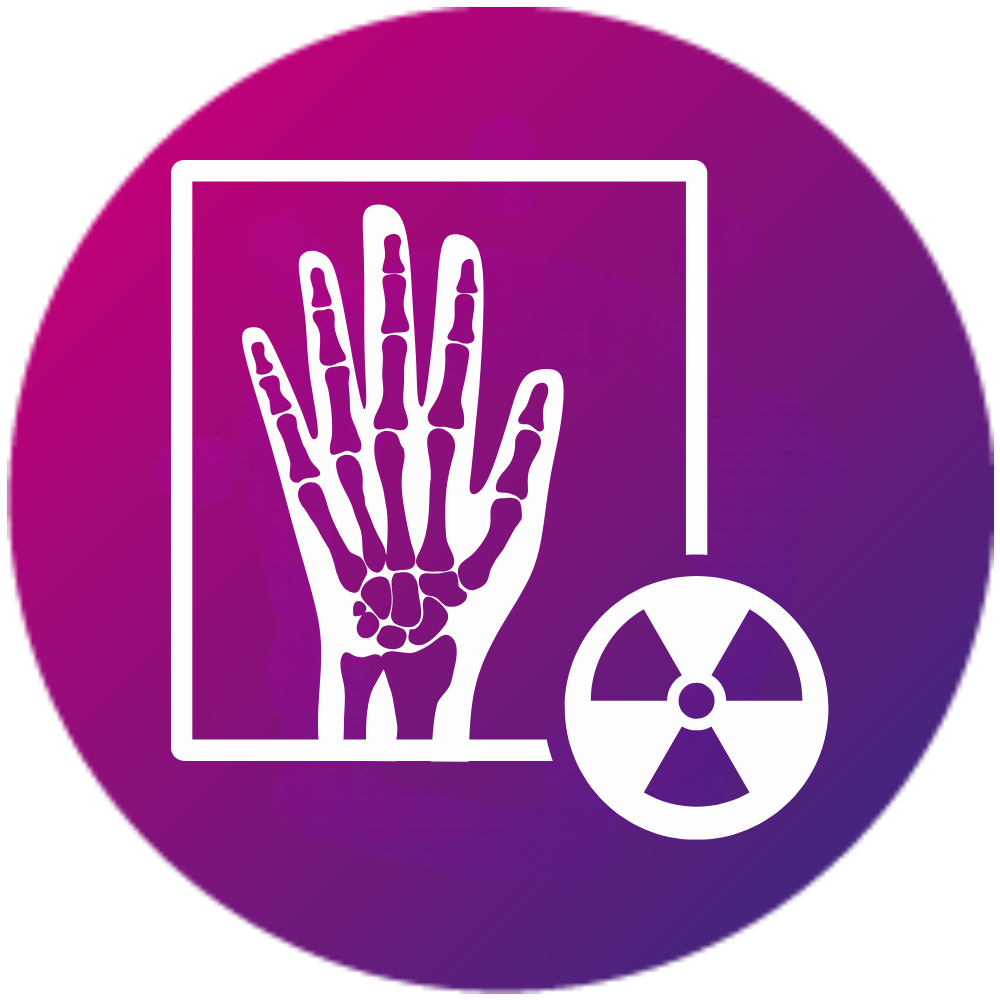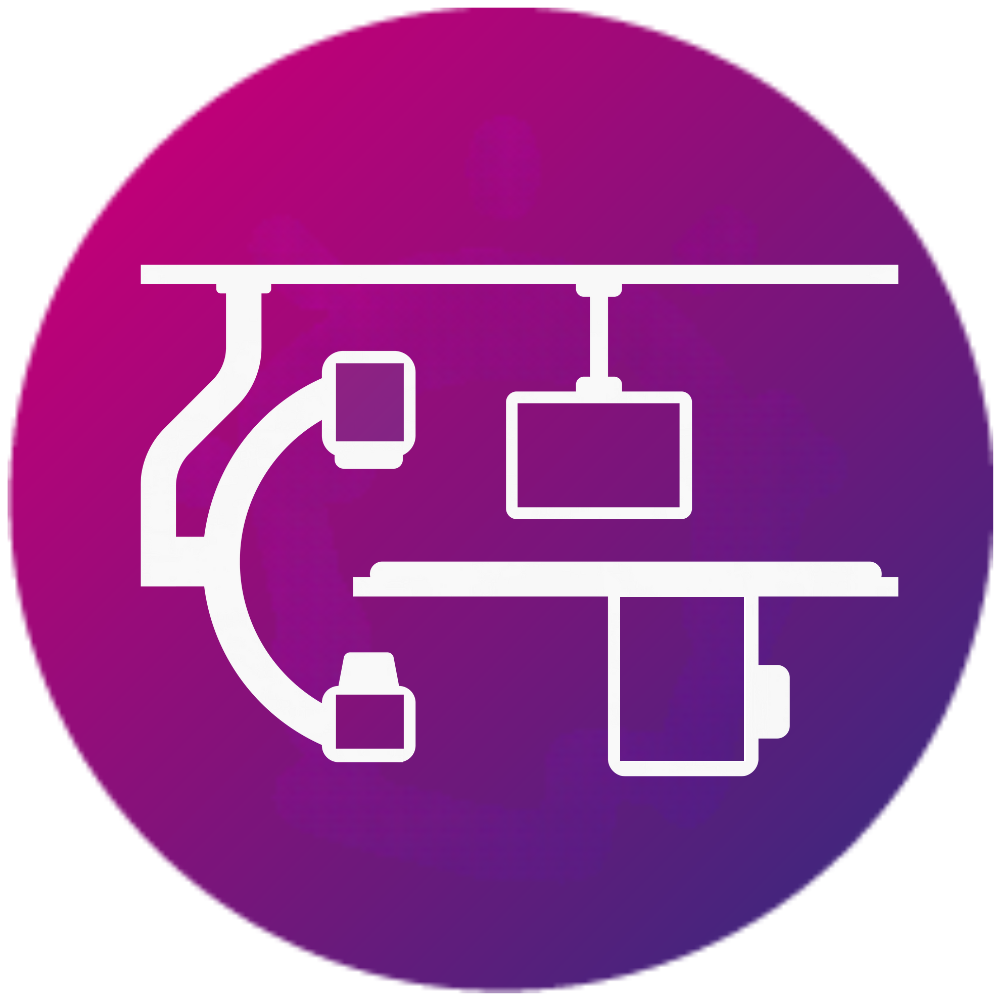Pathways

Home »
Clinical Pathways and the role of the West Midlands Imaging Network
Bringing together experts from across the region to adopt Network-wide processes ensures consistency of service to patients, enabling patient movement across the region, and allows staff to work between different sites. The West Midlands Imaging Network is dedicated to enhancing patient pathways and imaging modalities. Our Pathways Special Interest Groups (SIGs) are pivotal in driving change across the region. We do this by:

Our Approach
Each SIG is led by experts from our network, comprising multidisciplinary members from each of our organisations. We focus on:
- Collaboration: Strengthening connections between organisations to enable peer support and share best practices.
- Standardising Protocols: Developing evidence-based, consistent, high-quality care protocols.
- Training: Identifying opportunities for professional development and training for network members.
- Second Opinions: Facilitating access to expert second opinions for complex cases.
- Learning and Feedback: Promoting continuous improvement through shared learning and feedback.
- Network Guidelines: Creating and maintaining clinical guidelines aligned with best practices and national standards.
- Partnerships: Collaborating with other clinical networks and organisations to optimize the entire patient pathway.
Paediatric Special Interest Group

Chair: Dr Ben Pinkey, Clinical Director, Birmingham Women’s and Children’s NHSFT
Deputy: Vacant
Work Programme Highlights:
- Monthly ‘Network and Learn’ webinars on a variety of topics
- Standardising MRI Brain and Spinal imaging
- Reviewing service provision and identifying mutual support
MSK Special Interest Group

Chair: Mike Carr, Chief Operating Officer, The Robert Jones and Agnes Hunt Orthopaedic Hospital NHSFT
Deputy: Dr Radhesh Lalam, Consultant Radiologist, The Robert Jones and Agnes Hunt Orthopaedic Hospital NHSFT
Work Programme Highlights:
- Standardising bone tumour protocols
- Working with the MSK Network to improve access to, and quality of referrals from primary care
Musculoskeletal orthopaedic approach to referral optimisation
This guidance describes the benefits of referral optimisation in adult services managing musculoskeletal conditions, focusing on the use of specialist advice to enable people to be seen by the right person, at the right time and in the right place.
https://www.england.nhs.uk/publication/msk-orthopaedic-approach-to-referral-optimisation
Gynaecology SIG

Chair: Dr Moji Balogun, Consultant Radiologist, Birmingham Women’s and Children’s NHSFT
Deputy: Becky Tarbuck, Ultrasound Gynae Lead, Sandwell and West Birmingham Hospitals NHST
Work Programme Highlights:
- Optimising care pathways for placenta-related conditions to ensure the best outcomes for mothers and babies
Interventional Radiology SIG

Chair: TBC
Deputy: Vacant
Work Programme Highlights:
- Mapping patient movement between services for Interventional Radiology procedures
Next Steps
As the groups become established there will be opportunities for staff across the Network to get involved in individual projects and task and finish groups led by the SIG members. If you are interested in hearing more about these groups and to get involved please contact us: dgft.wmimagingnetwork@nhs.net
More Information on our Modalities Special Interest Groups can be found here